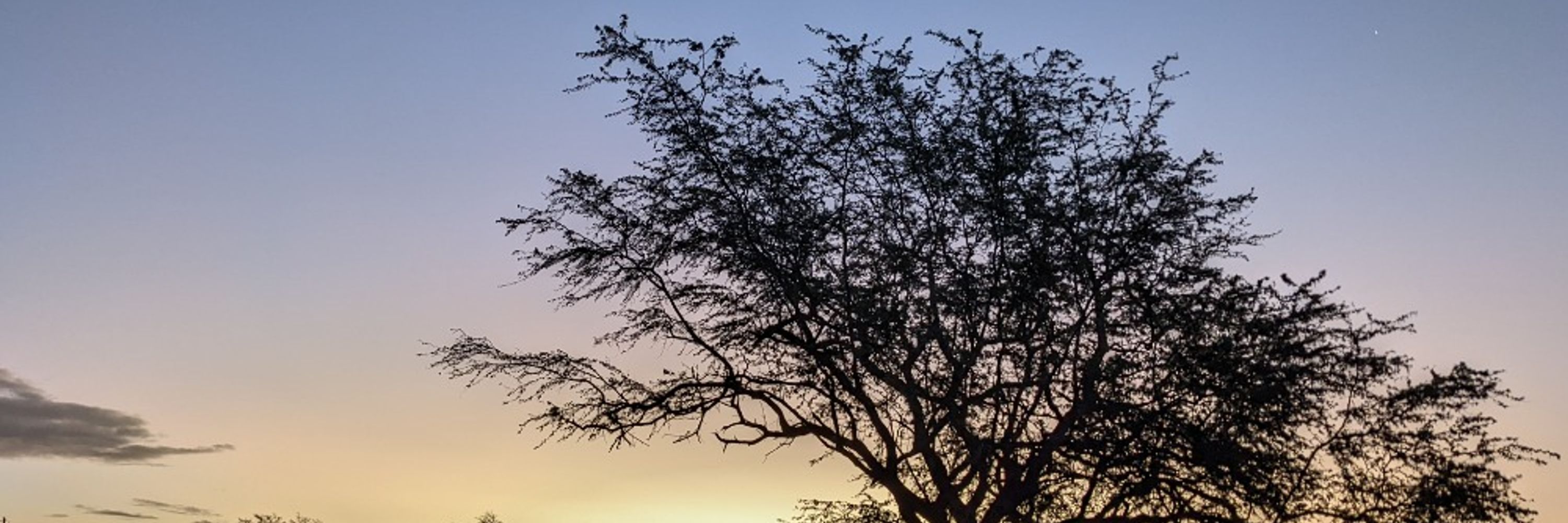@birdsonglab.bsky.social
240 followers
170 following
48 posts
David Logue's lab at the University of Lethbridge. We study bird song from an evolutionary perspective. Our main interests are interactive communication, song repertoires, and vocal performance.
Posts
Media
Videos
Starter Packs

















